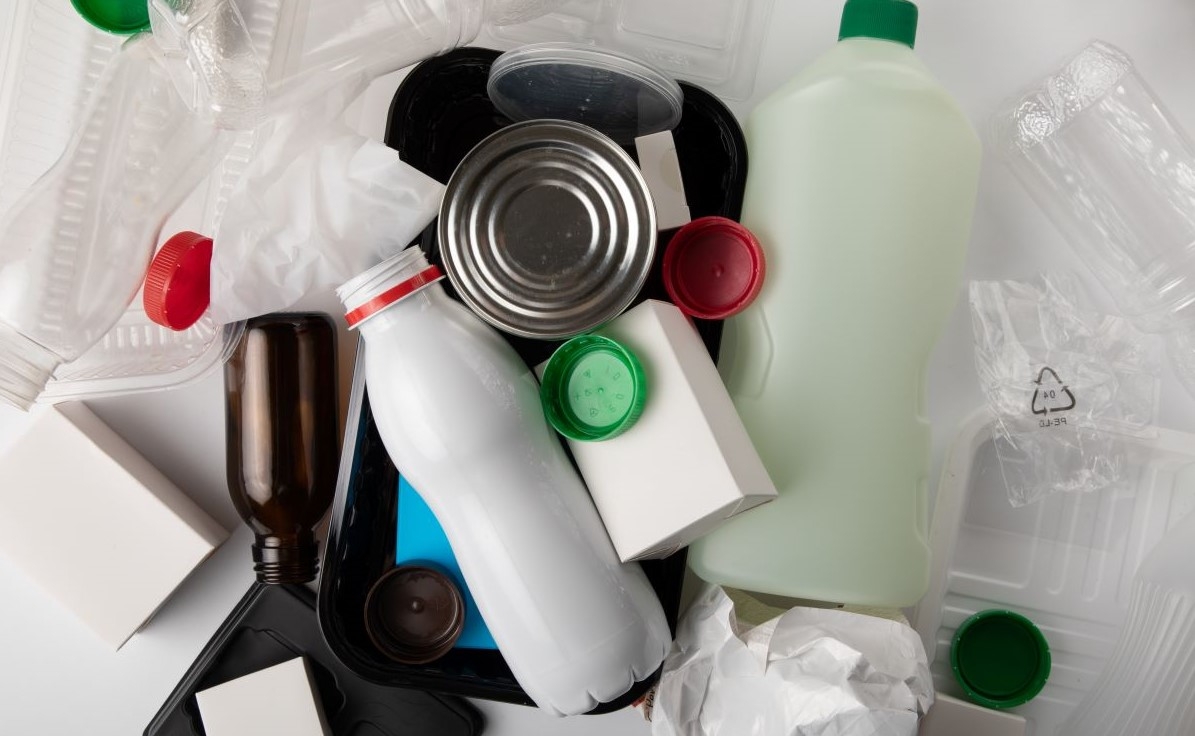
5 different types of medical wastes and its characterization
All wastes produced by all sectors around the world are dangerous if not handled properly. However, medical wastes are far more hazardous because of the origin of these waste materials. We know that most, if not all, medical wastes may contain radiation, harmful chemicals, or infectious diseases.
To better understand how dangerous medical wastes are, here are various wastes from the medical sector with its characteristics. We will also discuss how to handle different wastes to ensure the safety of everyone and the environment.
Infectious Wastes
This is the most common and dangerous waste from a medical set-up. This waste may contain bacteria and viruses that might infect people who come in contact with the materials.
There are so many ways infectious materials can be gained, such as waste from patients isolated with a highly contagious disease or laboratory cultures. Secretions and tissue or swabs can also be categorized under infectious waste if it’s from patients with an infectious disease.
Equipment that comes in contact with patients with infectious diseases is under the category of infectious wastes. Many diseases are considered highly contagious, which is why it should be handled with utmost care.
Pathological Wastes
Pathological wastes are common in all medical facilities around the world. Examples of pathological waste are amputated human body parts or tissues, organs, or body fluids like blood and plasma.
The recommended way of disposing of pathological wastes is by incineration. Medical facilities have their incinerator installed for this waste. The incinerator for each medical facility may vary based on the volume of pathological waste the facility produced and the main composition of their waste stream.
This category is also called as anatomical waste. We can consider this waste as a subcategory of the infectious wastes since it can contain human body parts that have infections and can infect anyone inside or outside the facility.
Pharmaceutical Wastes
This waste includes expired medicines or medicines that are no longer needed. Proper prescription medication disposal is important. If not properly disposed of, these medicines can reach water systems, which can cause water contamination.
There have been many reports about water contamination related to pharmaceutical chemicals being found in the country's waterways. This contamination is also present in the country’s drinking water, putting everyone’s health and safety in danger.
Radioactive Wastes
This waste category comes from radiotherapy or laboratory research. Radioactive wastes may contain contaminated glassware, packages, liquids used in radiotherapy and urine, or secretions from patients exposed to radiation.
As we all know, radiation is harmful to humans, and unnecessary exposure to this element is hazardous to one's health, especially if these wastes are not disposed of correctly. Radioactive wastes can be solid, liquid, or gas, depending on where the waste originated.
Containers for radioactive wastes must have labels with the radioactive symbol. The label is the one who will help garbage collectors identify what kind of trash is inside the container, and they will know how to handle it.
Sharps
Sharp waste materials are also common in medical facilities. Needles for syringes or a disposable scalpel used in surgery are just some examples of this waste category. It’s important to store this waste in a non-puncture container. Avoid using plastic bags for storing these waste materials.
Used needles can potentially contaminate anyone with a contagious disease if they get punctured with it. One example of the disease a person gets from these types of waste is HIV.
Aside from acquiring diseases from these medical trash, it can also injure someone if sharp objects stick out from its containers. This is also why labeling all the containers, especially sharp objects, is important to warn the people who will come into close contact with these waste materials.
Sources Of Medical Waste
Hospitals or clinics are not the only sources of medical waste. Minor sources of healthcare wastes are:
- Chiropractor’s Clinic
- Physician’s Office
- Dental Clinic
- Acupuncture Clinic
- Nursing Homes
- Psychiatric Hospitals
- Institutions for Disabled Persons
- Funeral Parlor
- Ambulance Service
- Residential Homes with A Patient Receiving Home Treatment
- Mortuary or Autopsy Clinic
- Blood Banks
- Medical Laboratory
- Medical Research Facility
- Animal Research Facility
- And any other healthcare establishments
These establishments should know how to categorize their waste, and they should have proper disposal of their garbage. The people responsible should know the do’s and don’ts in handling medical waste.
The Government is constantly checking in these facilities to inspect their waste management. Even each individual should know how to dispose of their medicines properly at home and make sure it won't affect both the environment and the community.
Takeaway
Every medical facility should prioritize their waste management as it can cause a severe problem within the surrounding community and their workers’ health and safety. Knowing and understanding the different wastes is essential to plan your waste disposal properly.
photo: wirestock











